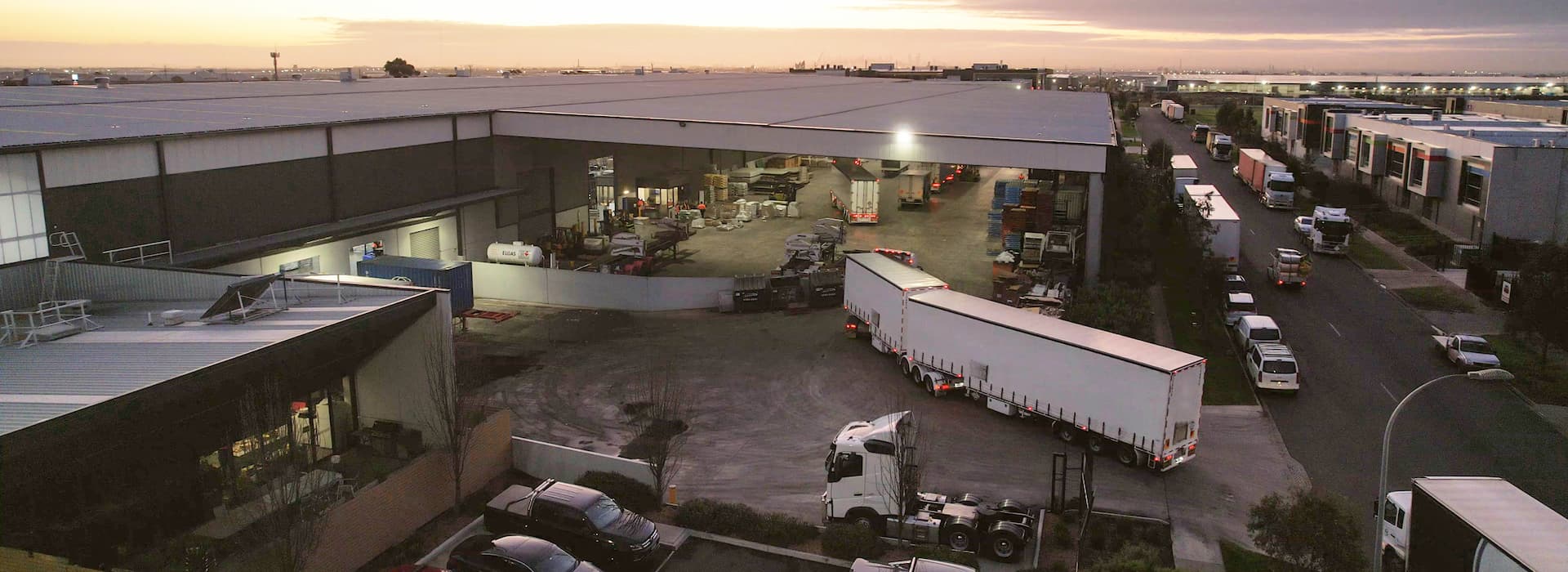Are you considering outsourcing your logistics to a third-party logistics (3PL) provider? This can be a strategic move for businesses of all sizes, but ensuring your company’s financial readiness for this significant step is important.
This article guides you through the process of assessing your financial capability for 3PL services, allowing you to make informed decisions and support your company’s growth.

Step 1: Understand Your Current Financial Situation
Before partnering with a 3PL provider, a thorough evaluation of your financial statements is essential. You need to:
- Review your financial statements: Analyse your income, balance, and cash flow statements to understand your company’s financial health.
- Evaluate your budget: Assess your current expenses and revenue streams to create a realistic budget accommodating potential 3PL costs.
- Assess your liquidity: Ensure adequate cash flow to support ongoing operations after outsourcing logistics.
- Measure your working capital: Evaluate if your working capital is sufficient to support day-to-day business functions after partnering with a 3PL.
Step 2: Estimate Costs Associated with 3PL Services
Accurately estimating the costs of 3PL services is crucial for planning your budget and making informed decisions. You need to perform these 4 activities:
- Identify key cost factors: Consider shipping volumes, storage requirements, service level agreements, and potential value-added services.
- Create a detailed cost analysis: Estimate the costs associated with each aspect of your logistics operation.
- Compare pricing from different 3PL providers: Analyse quotes and negotiate terms to secure the best value.
Plan for future growth: Build flexibility into your budget to accommodate potential increases in shipping volumes or storage needs.

Step 3: Assess Your Financial Capability for Various 3PL Solutions
Different 3PL providers offer a range of solutions at varying price points. To determine which option best aligns with your budget and needs:
- Consider different 3PL models: Explore options like dedicated warehousing, shared warehousing, and fulfilment services.
- Calculate the return on investment (ROI): Estimate the potential financial benefits of outsourcing logistics compared to the costs.
- Develop a contingency plan: Prepare for potential financial challenges and unexpected expenses.
- Consult with a financial advisor: Seek professional advice to ensure your financial strategy aligns with your business goals.
Step 4: Make Informed Decisions about 3PL Partnership
Before entering a 3PL partnership, a comprehensive understanding of the potential benefits and risks is crucial. You need to do these 5 activities:
- Conduct a cost-benefit analysis: Weigh the financial benefits and potential risks of partnering with a 3PL.
- Assess the operational impact: Analyse how incorporating a 3PL will affect your business processes and systems.
- Project the long-term value: Consider immediate cost savings and the long-term benefits of improved efficiency and scalability.
- Set realistic goals: Define clear objectives and expectations for your 3PL partnership.
- Choose the right partner: Select a 3PL that aligns with your business needs, values, and budget.
Case Study
Scenario: A Melbourne-based business owner of a manufacturing company with limited resources wants to explore the benefits of 3PL services.
Solution: The owner conducted a thorough financial analysis and identified Effective Logistics, which offers flexible pricing solutions suitable for their budget and anticipated growth. By partnering with an experienced 3PL provider like us, his business gains access to efficient logistics infrastructure reduces operational costs and improves customer service without exceeding its financial capabilities.

What Are the Biggest Financial Risks Associated with Partnering with a 3PL Provider?
Partnering with a 3PL provider can offer numerous benefits, but knowing the potential financial risks is important.
One major risk is hidden costs. Needs to thoroughly understand the contract and its potential for additional fees, minimum storage requirements, or unexpected service changes can lead to significant financial surprises down the line.
Another financial risk is contractual disputes. Disagreements over service levels, performance metrics, or termination clauses can result in costly legal battles and delays.
The financial stability of the 3PL provider is also a crucial factor. Choosing a provider with a shaky financial standing puts your business at risk of service disruptions or even bankruptcy, potentially impacting your entire supply chain.
Finally, losing control over your inventory and transportation processes can lead to unforeseen financial consequences. It’s important to carefully evaluate the trade-offs between outsourcing logistics and maintaining some level of direct control.
How Can Small Businesses Manage the Transition to 3PL Services?
Small businesses can successfully transition to 3PL services by taking some key steps. Firstly, selecting a 3PL provider experienced with small businesses is crucial. A detailed contract outlining service requirements and expectations is essential for clear communication and managing expectations.
Open communication and regular meetings with your provider can help address issues or concerns early on. Developing contingency plans for potential challenges can ensure smooth operations even if disruptions occur.
Finally, monitoring performance metrics and tracking return on investment helps you assess the effectiveness of your 3PL partnership.
What Should I Look For in a 3PL Provider?
When choosing a 3PL provider, look for experience and expertise in your industry. A strong track record of successful customer relationships is also important, indicating their ability to deliver reliable and satisfactory service. Ensure they offer scalable solutions for your growth and competitive pricing with flexible payment options. Transparent communication, responsive customer service, and investments in technology and infrastructure are all crucial factors in a strong 3PL partnership.

